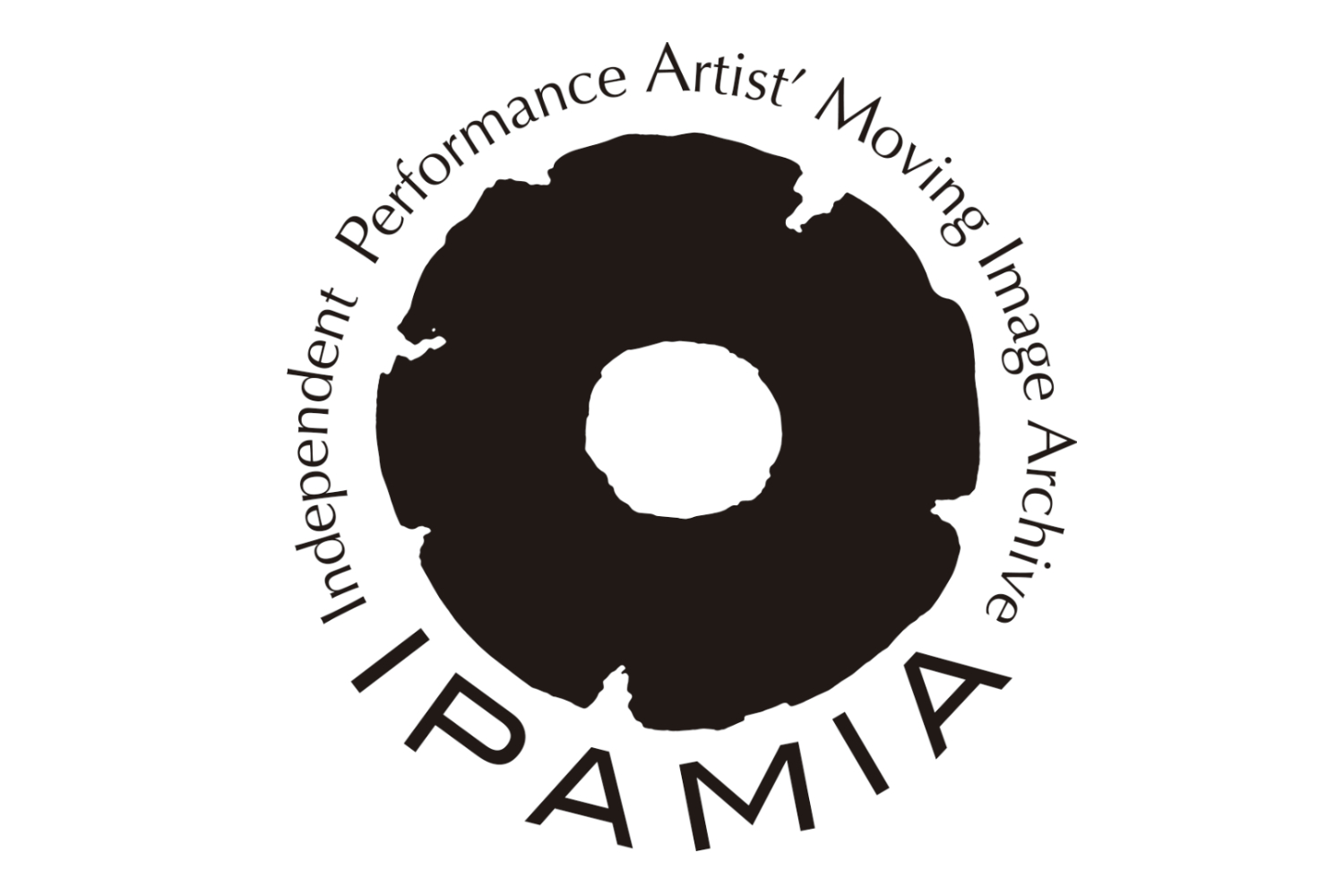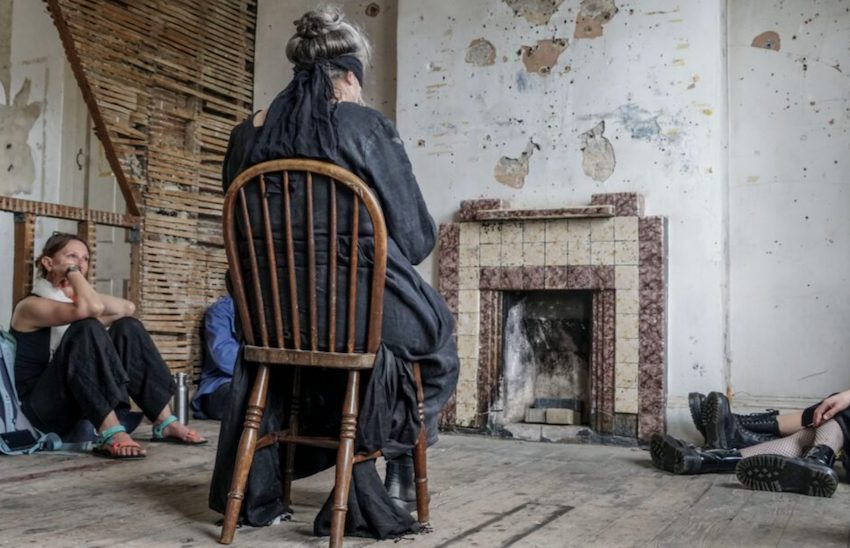I consider performance art as both a context and a process. It is a dialogue with time, materials, physical space, and other people. It is an opportunity to engage in embodied thinking and make use of all my senses. I use performance to challenge my assumptions, to ask questions, to examine ideas through different lenses, to test my limits, to explore new realities, to experiment with processes whose outcomes I can’t always predict, and to take risks in a context that is framed and contained within real life.
From the beginning, I have been concerned with the unique properties of live performance – the possibility of direct interaction between performer and viewer, and the opportunity to activate all the senses, including taste, touch and smell. I often implicate the audience directly in the concerns of the work, using different strategies to design a distinct role for the viewers so that their experience is both visceral and intellectual.
Creating site-responsive performances allows me to intensively engage with a particular place and people, to challenge myself to be changed by what and whom I encounter, and to design an action that reveals that process. It forces me to pay attention, and to operate fully in the present.
Integral to performance is the question of how meaning is constructed from the memory of an ephemeral event. A witness to the work gains knowledge that is different from what I learn as the practitioner. The two perspectives together form the fullest reading of the work, and neither should be privileged over the other. Without an object to revisit, the understanding of the work transforms over time for both the maker and viewer, as it is recalled in memory and retellings.
I am committed to a practice where I cannot avoid knowing the impact of my actions, and where an exchange between people is of primary value. It is a practice that remains anchored in the here and now, keeping me grounded in the limits of my body and the reality of time, reminding me always that nothing remains.
title : Voices
date : 2024 venue :Peckham, London
project : Joseph Morgan Schofield for Futire Ritual CEREMONY
camera : Baiba Sprance and Marco Berardi
edit : Baiba Sprance and Marco Berardi
title : 100ways to consider time 88,95,99
date : 2015- 2016
venue : Museum of Fine Arts, Boston
project : Museum of Fine Arts, Boston
camera : Joanne and John Rice
edit : Marilyn Arsem
year : 2016
venue: the Museum of Fine Arts, Boston
year : 2016
venue: Longyearbyen ,Norway
project: ARCTIC ACTION ART, Live Performance Art Festival Spitsbergen
title : Edge
date: 21st April 2013
venue: the Cyclorama at Boston Center
project : Near Death Performance Art Experience, curated by Vela Phelan
camera : Daniel DeLuca
Edit by Sandrine Schaefer
It was a seven hour durational performance at the “Near Death Performance Art Experience” curated by Vela Phelan. It took place at the Cyclorama art Boston Center for the Arts.
title : Three Questions
date : 6th September 2003
venue : Museum of Contemporary Visual Art, Minsk, Belarus
project : 5th NAVINKI International Performance Art Festival
camera : Sakiko Yamaoka
(from Marilyn Arsem’s website http://marilynarsem.net/projects/three-questions/)
I spent much of the summer debating on what I might perform at the festival in Minsk. While I had spent time in other parts of Eastern Europe, this would be my first visit to a former republic of the USSR. I read books on the history of the region, a book on the impact of the Chernobyl disaster, and articles on domestic politics, its economy, and relations with Russia, Europe and the US. In the end, I decided that it was only possible to make a very personal piece, one which examined my own relationship to the region. I started by making audio recordings of a number of my friends here in Boston who grew up in the US during the 50s and 60s. They answered three questions: Do you remember what you thought about the USSR when you were a child? Do you remember what you learned about the USSR in school? What do you think of when you hear ‘Minsk, Belarus’? Armed with that tape, I arrived in Minsk. I arranged to interview a number of people at the Museum of Contemporary Art, and they answered the comparable questions. And in my ’40 Years of Victory Hotel’ room, I edited a tape which alternated between the American and Belarusian answers to the questions. This was what played during my performance. The performance action was a simple experiment concerning oil and water. Setting up a row of 10 bottles, I started with the first and carefully measured out different proportions of water and oil. I began with nearly all water, and just a little oil. I shook the bottle, and while the water and oil remained in solution, I entered the audience to greet individuals. “Я рад встретить тебя.” [I am pleased to meet you], I said, making direct eye contact with each person. They returned the greeting, sometimes shook my [wet] hand, a few gave me things to eat, and several answered in English. There was much laughter by all of us as they prompted me in my pronunciation of the Russian. When the water and oil had settled and completely separated again, I rushed back to try another combination, successively increasing the proportion of oil. The performance was completed when I reached the last bottle with the proportions the opposite of the beginning, nearly all oil and just a little water. I had managed to make contact with many in the audience. And even afterwards, they continued to greet me.

